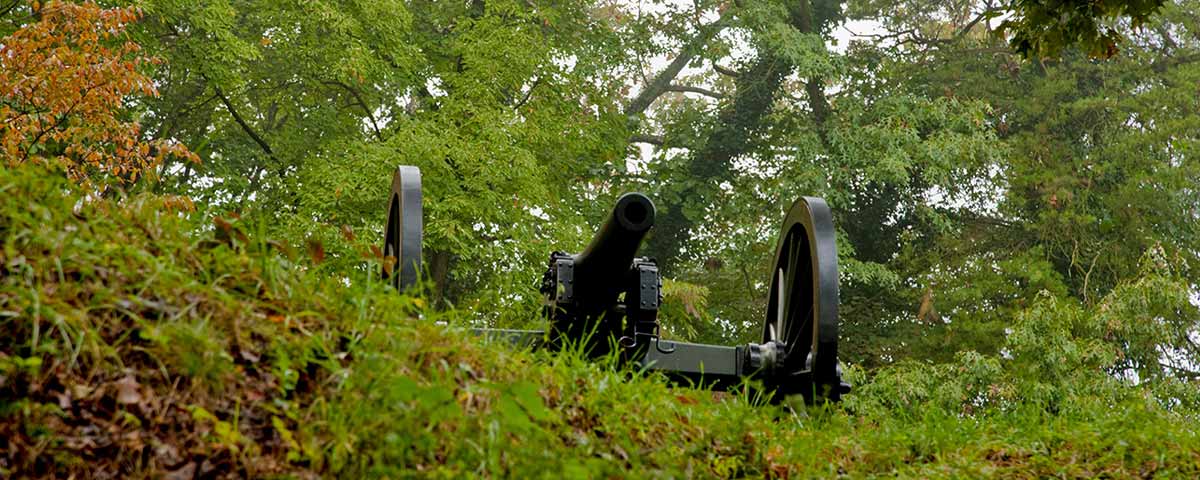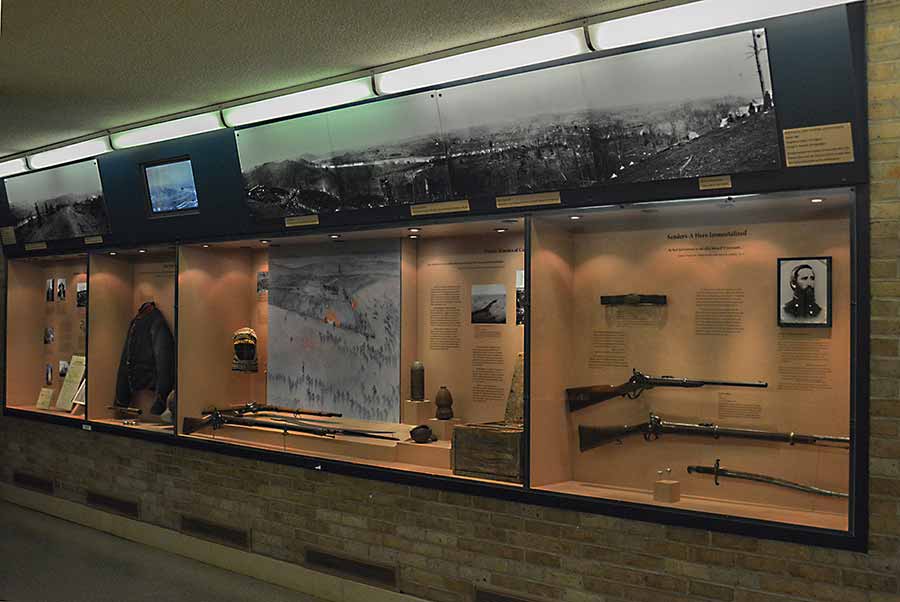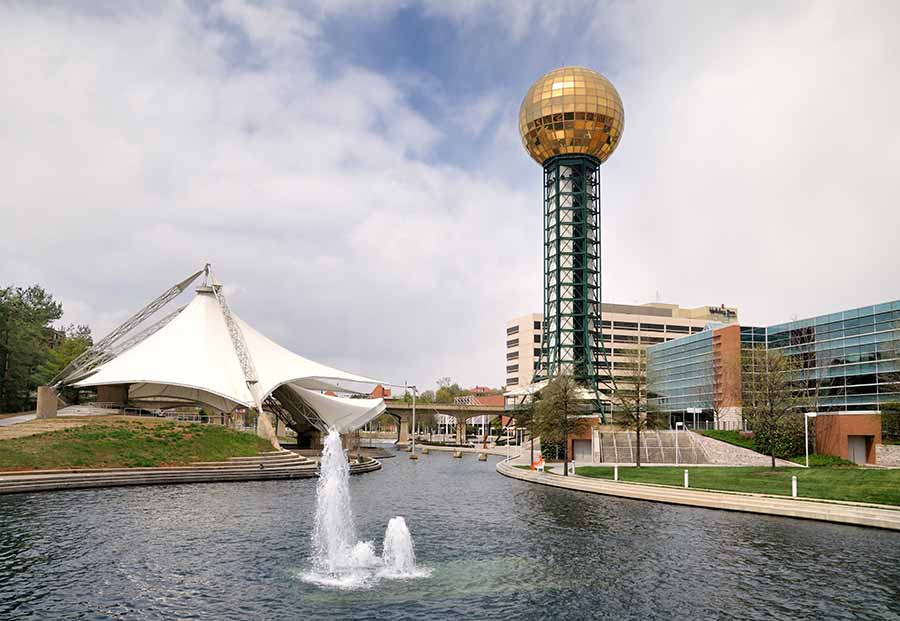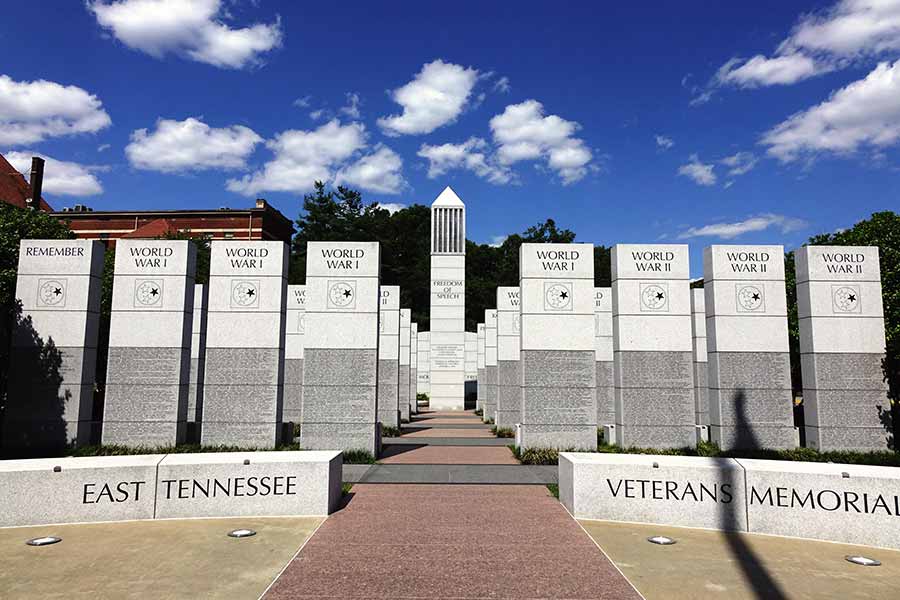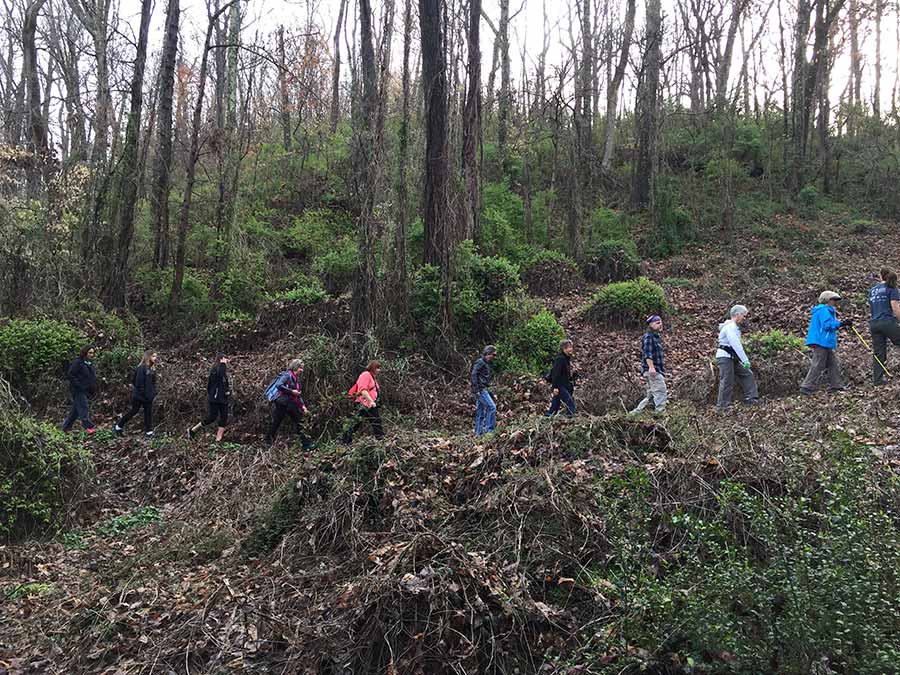Trailside is produced in partnership with Civil War Trails Inc., which connects visitors to lesser-known sites and allows them to follow in the footsteps of the great campaigns. Civil War Trails has to date 1,552 sites across five states and produces more than a dozen maps. Visit civilwartrails.org and check in at your favorite sign #civilwartrails.
Eastern Tennessee was a Unionist enclave that President Abraham Lincoln desperately needed to control. Railroads critical to the Confederacy intersected there, and citizens loyal to the Union clamored for protection. In the summer and fall of 1863, it would be center stage for some critical Western Theater fighting.
In August the Army of the Ohio, under star-crossed Maj. Gen. Ambrose Burnside, was sent to Knoxville and occupied the city bloodlessly after Confederate Maj. Gen. Simon Bolivar Buckner departed to support Braxton Bragg’s threatened forces to the south at Chattanooga.
Bragg’s surprise victory at Chickamauga, Ga., on September 19-20—aided by Army of Northern Virginia troops under Lt. Gen. James Longstreet—marked the start of a two-month Confederate siege of the Army of the Cumberland in Chattanooga. Their supply lines cut off, Maj. Gen. William S. Rosecrans’ men suffered mightily from hunger until what was known as the “Cracker Line” opened in late October.
Throughout October, the two sides clashed repeatedly for control of the region, and Burnside struggled to solidify his defenses around Knoxville. Bragg, meanwhile, was dealing with withering criticism of his tactics from his senior commanders, particularly Longstreet. Bragg’s animosity toward Longstreet, in fact, compelled him to unwisely send “Old Pete” and his two divisions—roughly 15,000 men—north in an attempt to retake Knoxville. The absence of those men, as well as 11,000 more under Buckner and Maj. Gen. Patrick Cleburne dispatched November 22, ultimately wrecked Bragg’s fortunes at Chattanooga.
Longstreet and Burnside battled for control of Knoxville until November 28, but the Federal success at Chattanooga, the result of victories at Lookout Mountain and Missionary Ridge on November 25-26, made the outcome of their struggle immaterial (though a nice feather in the cap of course for Burnside). Knoxville remained in Union hands for the rest of the war.
Today, Knoxville is a thriving city, home to the University of Tennessee and close to the Great Smoky Mountains. Though not quite Nashville, it has a good country music pedigree, a onetime home to the likes of Dolly Parton and Chet Atkins. –Nancy Tappan
Fort Dickerson Park
3096 Fort Dickerson Road
A moderately difficult 3.5-mile walking trail leads to the fort, one of the best preserved earthen bastions from the Civil War era. It sits on a knob just across the Tennessee River south of downtown Knoxville, giving a view of the skyline and the Great Smoky Mountains. An interpretive trail explains the fort’s role in the Battle of Knoxville. A shorter trail leads to an abandoned rock quarry that is open in the summer to swimmers. Be advised that a guard is on duty and jumping off the cliffs is prohibited. knoxvilletn.gov
McClung Museum of Natural History and Culture
235 Circle Park Drive
The University of Tennessee’s McClung Museum offers a variety of exhibitions of interest to every member of the family, including a permanent exhibit on dinosaurs and fossils. For the Civil War buff, it features a comprehensive overview of the political situation in Eastern Tennessee in 1863 and tells the story of the Battle of Knoxville through artifacts, heirlooms, archaeologically excavated items, paintings, photographs, video, and 3-D topographical maps that allow a visitor a bird’s-eye view of the Union defenses during the fighting. Although Fort Sanders no longer exists, the scene is re-created vividly in paintings that capture the brief but bloody assault on the fort on November 28, 1863. Admission and parking are free. Monday–Saturday 9 a.m.–5 p.m., Sunday, 1 p.m.–5 p.m. mcclungmuseum.utk.edu
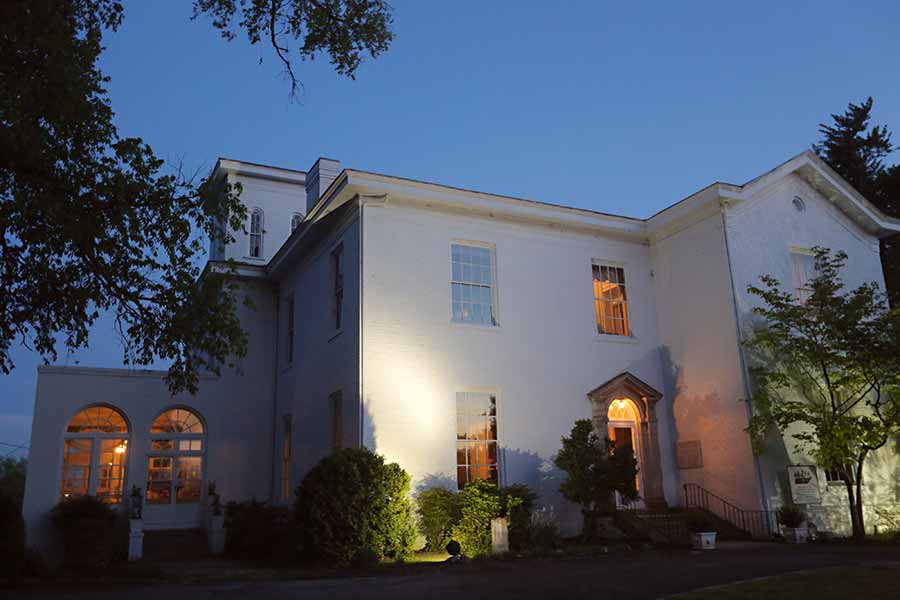
Confederate Memorial Hall (The Historic Bleak House)
3148 Kingston Pike S.W.
This mansion was built in 1858 for Robert H. Armstrong and his wife, Louisa F. Armstrong, scions of old Knoxville families. During the Battle of Knoxville, the house, which was within 300 yards of the site of a Union bastion (soon known as Fort Sanders), served as James Longstreet’s and Lafayette McLaws’ headquarters. It is possible a Confederate sharpshooter stationed in the tower mortally wounded Union Brig. Gen. William P. Sanders on November 18. Owned and operated by the United Daughters of the Confederacy, tours are $10 per adult. Limited hours; call ahead. bleakhouseudc89.org
Fort Higley
High Ground Park,
1000 Cherokee Trail
Hastily constructed after a Confederate assault at nearby Armstrong Hill, Fort Higley itself commanded the approach to the city from south of the river. The 39-acre park includes a 1-mile nature trail and great topographical views, especially in the fall. visitknoxville.com
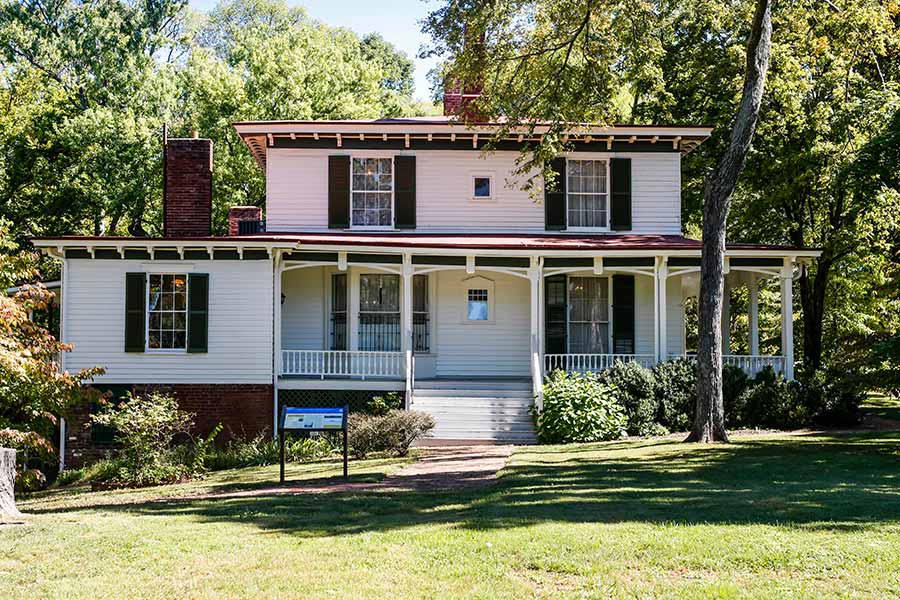
Mabry-Hazen House
1711 Dandridge Avenue
Union Maj. Gen. Ambrose Burnside’s assistant quartermaster, Samuel H. Lunt, made this stately building his headquarters—much to the dislike of its owner, Joseph Mabry. While Forts Dickerson and Higley anchored the west of the Union line around Knoxville, Mabry’s landscape would also be fortified and entrenched, anchoring the eastern end of the Union defenses. Bethel Cemetery, located a short walk from the house, is the resting place of both Union and Confederate soldiers who fell during the fighting. Grounds open daily, dawn to dusk. The tour cost is $10 for adults; children under 13 are free. Museum hours are Monday–Friday, 11 a.m.–5 p.m., Saturdays, 10 a.m.–3 p.m. mabryhazen.com
Historic Ramsey House
2614 Thorngrove Pike
The home was built in 1797 for the Francis A. Ramsey family, early settlers of Knoxville, and was the first stone house built in Knox County. The Tennessee pink marble and blue limestone exterior retains period architectural features and the interior has been restored and furnished to the era of the Francis Ramsey family’s occupation. The 100-acre grounds are open to the public Wednesday through Saturday 10 a.m.–4 p.m. Tours of the house are available (adult admission is $7), and private groups and events can be accommodated. ramseyhouse.org

World’s Fair Park
Built for the 1982 World’s Fair, the Sunsphere and the Tennessee Amphitheater were neglected for many years but reopened in 2014. An observation deck offers a 360-degree view of the park, the Tennessee River, the University of Tennessee, and the Smoky Mountains. Open Nov. 1–March 31, 11 a.m.–6 p.m., April 1–Oct. 31, 9 a.m.–10 p.m. 963 World’s Fair Park Drive. worldsfairpark.org
Outdoor Knoxville Adventure Center
Visit the Outdoor Knoxville website for information about the Urban Wilderness, a park preserve three miles from downtown that offers 50 miles of natural surface trails for hikers, mountain bikers, and trail runners. There are seven trailheads within the system that offer parking, as well as kiosks with trail information. Restrooms and water are available at the Ijams Nature Center and Mead’s Quarry. Urban Wilderness trails are marked with UW logos and tree blazes. In town, street stencils assist with walking tours. The website also links to kayaking and paddleboarding operations. 900 Volunteer Landing Lane. outdoorknoxville.com

